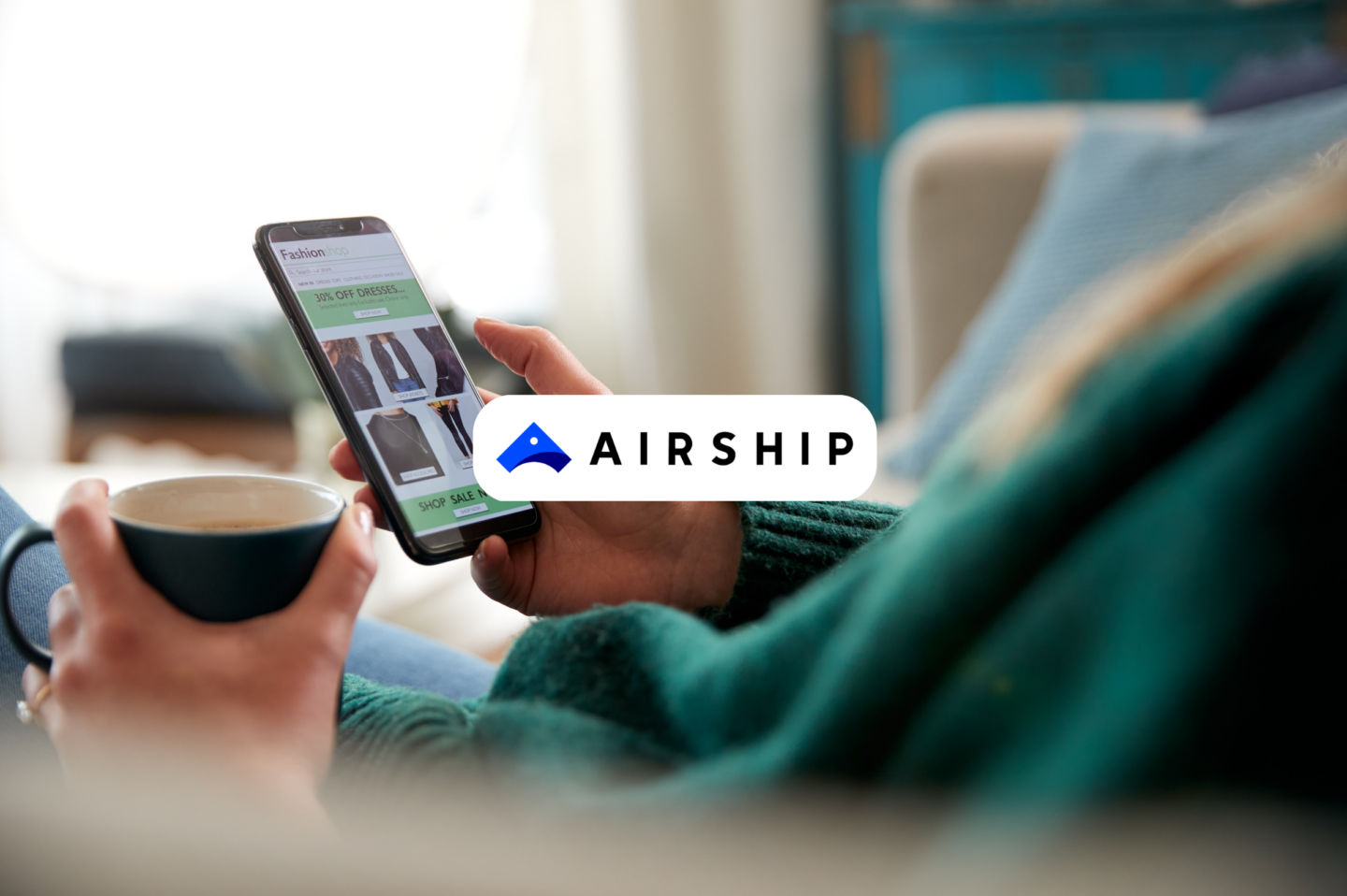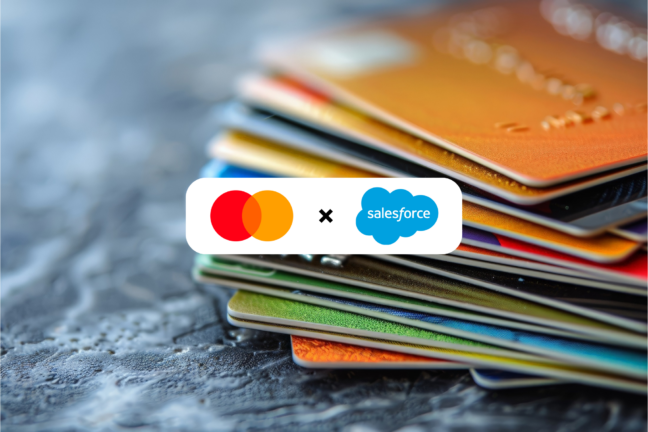As many as 78% of consumers are using retail mobile apps at the same or higher frequency compared to last year. Mobile app experience company Airship has unveiled new worldwide consumer research to provide insights into consumers' actions and choices regarding mobile apps from retailers.
“Today’s consumers are increasingly turning to mobile apps from their favorite retailers to score deals, gain special access and improve their overall customer experience, particularly while shopping at brick-and-mortar stores. As marketing budgets are pinched and consumers face economic pressures, retailers need greater agility to create and optimize valuable app experiences that grow customer understanding and reward them individually, making life easier and better for everyone involved,” said Thomas Butta, Chief Strategy and Marketing Officer, Airship.
Mobile apps have the advantage of reaching consumers anytime and anywhere through push notifications displayed on their phone lock screens.
According to the research, the trend of using retail mobile apps is consistent across age groups and household income levels, with 81% of millennials and 79% of Gen X using retail apps more, while 72% of both Gen Z and boomers show a similar trend. Additionally, the study found that individuals with higher household incomes tend to use retail apps more frequently, with 82% reporting regular use, compared to 79% for medium and 75% for low-income levels.
Out of the ten different activities that consumers can perform on their smartphones while shopping in-store, using the retailer's app saw the highest growth rate. The study found that 74% of respondents worldwide tend to use the brand's mobile app when shopping at their physical stores.
The Role of Personalization
The study shows that consumers are motivated to receive brand communications on their smartphones when it offers them discounts, loyalty rewards, and personalized offers based on their browsing behavior, past purchases, and current location. In addition, the current economic scenario is driving more deal-motivated behaviors among consumers, presenting an opportunity for retailers to improve their understanding of their customer's preferences.
The study also suggests that for most countries and generations, there is only a small difference between the likelihood of consumers using a retailer's app while shopping in-store and visiting the retailer's website, despite the fact that apps need to be downloaded first from the App Store or Google Play.










